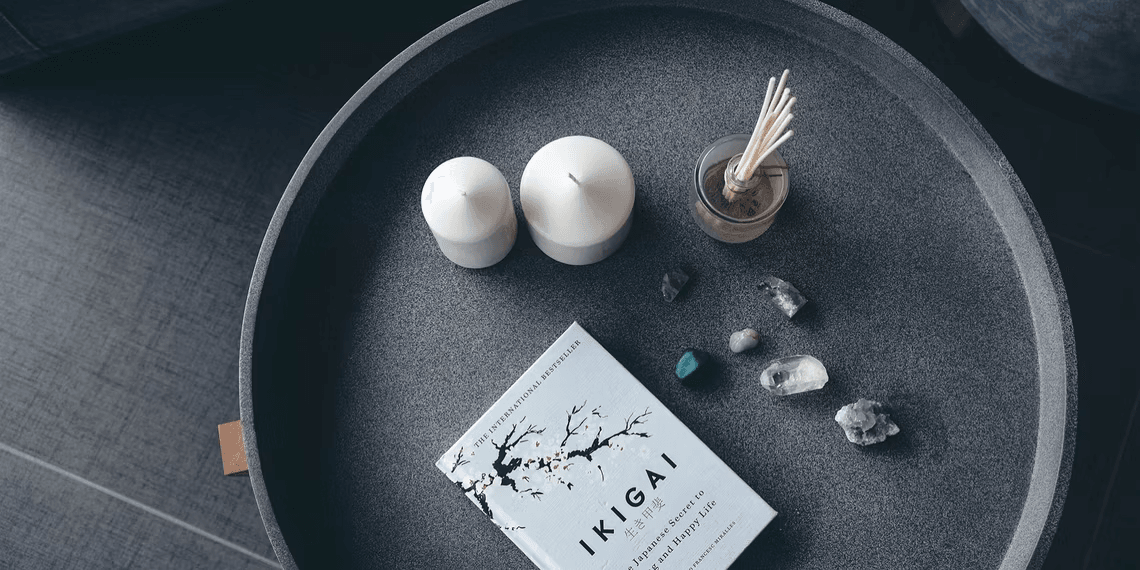Introduction: Productivity Methodologies to Boost Your Efficiency
Are you feeling overwhelmed by your to-do list, struggling to find a balance between work and life? It’s time to take a cue from the Japanese, masters of efficiency and productivity. Japanese productivity methodologies have been revered worldwide for their ability to optimize performance, both in business and personal endeavors. In this article, we’ll introduce you to seven powerful Japanese productivity methods that can transform the way you approach tasks and projects, enabling you to accomplish more in less time. Let’s dive into these time-tested strategies that can revolutionize your productivity.
1. Kaizen: The Power of Continuous Improvement
Kaizen, which translates to “continuous improvement” in Japanese, is at the heart of Japanese productivity philosophy. This method centers around the idea of constantly evolving and growing. By breaking down complex goals into manageable steps, you can make gradual improvements that accumulate over time.

Key Takeaways from Kaizen:
| Principle | Description |
|---|---|
| Incremental Progress | Focus on making small, consistent improvements. |
| Regular Reviews | Set aside time to review and refine processes. |
| Open Communication | Encourage team involvement and feedback. |
2. Kanban: Visualize Your Tasks
Kanban, which means “visual card” in Japanese, is a visual task management method. It involves creating a visual representation of your tasks on a board, categorizing them as “To-Do,” “In Progress,” and “Done.” This technique helps maintain a clear overview of your workload and fosters a steady workflow.

Key Takeaways from Kanban:
| Principle | Description |
|---|---|
| Visual Workflow | Use boards to visually organize tasks. |
| Work in Progress Limits | Avoid overwhelming yourself with too many tasks. |
| Experiment and Adapt | Adjust your workflow to find the right balance. |
3. 5S Method: Organize for Efficiency
The 5S Method (Sort, Set in order, Shine, Standardize, Sustain) is a workplace organization methodology that can also be applied to personal productivity. It focuses on decluttering, organizing, and standardizing your workspace for efficiency.

Key Takeaways from the 5S Method:
| Principle | Description |
|---|---|
| Declutter and Organize | Eliminate unnecessary items and organize your workspace. |
| Regular Maintenance | Keep your workspace clean and orderly. |
| Team Involvement | Encourage your team to participate in the process. |
4. Ikigai: Find Your Purpose and Passion
Ikigai combines the Japanese words for “life” and “value” and represents the intersection of what you love, what you’re good at, what the world needs, and what you can be paid for. Finding your Ikigai leads to a fulfilling and purposeful life.

Key Takeaways from Ikigai:
| Principle | Description |
|---|---|
| Self-Reflection | Reflect on your passions, talents, and values. |
| Integration | Integrate Ikigai elements into your daily life and work. |
| Seek Feedback | Gain insights from mentors and colleagues. |
5. Gemba Kaizen: Improve Where It Matters
Gemba Kaizen focuses on improving processes by going to the place where the real work happens. This methodology encourages hands-on observation, identifying inefficiencies, and making immediate improvements.

Key Takeaways from Gemba Kaizen:
| Principle | Description |
|---|---|
| Hands-On Observation | Regularly visit workspaces to observe operations. |
| Employee Engagement | Gather insights from team members. |
| Tangible Improvements | Use visual tools to make improvements visible. |
6. Lean Thinking: Streamline Your Workflow
Lean Thinking, originating from Toyota’s production system, emphasizes eliminating waste in processes, leading to streamlined and efficient workflows.

Key Takeaways from Lean Thinking:
| Principle | Description |
|---|---|
| Waste Elimination | Identify and eliminate activities that don’t add value. |
| Continuous Improvement | Foster a culture of ongoing process optimization. |
| Cross-Functional Teams | Gain diverse perspectives on process improvements. |
7. Wabi-Sabi: Embrace Imperfection
Wabi-Sabi encourages acceptance of mistakes and the release of the pursuit of perfection, fostering a healthier and more balanced approach to productivity.
Key Takeaways from Wabi-Sabi:
| Principle | Description |
|---|---|
| Embrace Mistakes | View mistakes as opportunities for growth. |
| Prioritize Progress | Shift focus from perfection to progress. |
| Cultivate Mindfulness | Use mindfulness practices to stay present. |
Conclusion
Incorporating these Japanese productivity methodologies into your daily routine can bring about a transformative shift in the way you work and approach challenges. Each method offers unique insights and techniques to enhance your productivity journey. By utilizing the recommended tech resources and applying these strategies, you can amplify the impact of these methodologies and achieve a new level of efficiency and effectiveness in both your personal and professional life. Say goodbye to feeling overwhelmed and hello to a more productive you, the Japanese way.




